5 tips for visiting a National Park over Thanksgiving weekend
If you’re planning on visiting a National Park over the Thanksgiving weekend, use our five helpful hacks to stay safe and warm and optimize the fun factor

Planning on taking advantage of the Thanksgiving weekend and visiting a National Park? All that feasting and indoor socializing can definitely leave you chomping at the bit for a change of scenery. While it’s true that visitation to most National Parks slows way down after Labor Day – and is practically non-existent on Thanksgiving Day itself – the few days following the holiday can actually bring some significant off-season crowds. Plus, as you already know, the weather in November can range from mild temperatures to major blizzards depending on the year and the park, all which might make you think twice.
All of that said, we can’t think of a better way to enjoy a few days off ourselves than to spend it in one of America’s most dazzling conservation areas, so in this article we weigh up the pros and cons of visiting a National Park over Thanksgiving weekend, and provide our best tips for optimizing your fun level and having a safe experience.
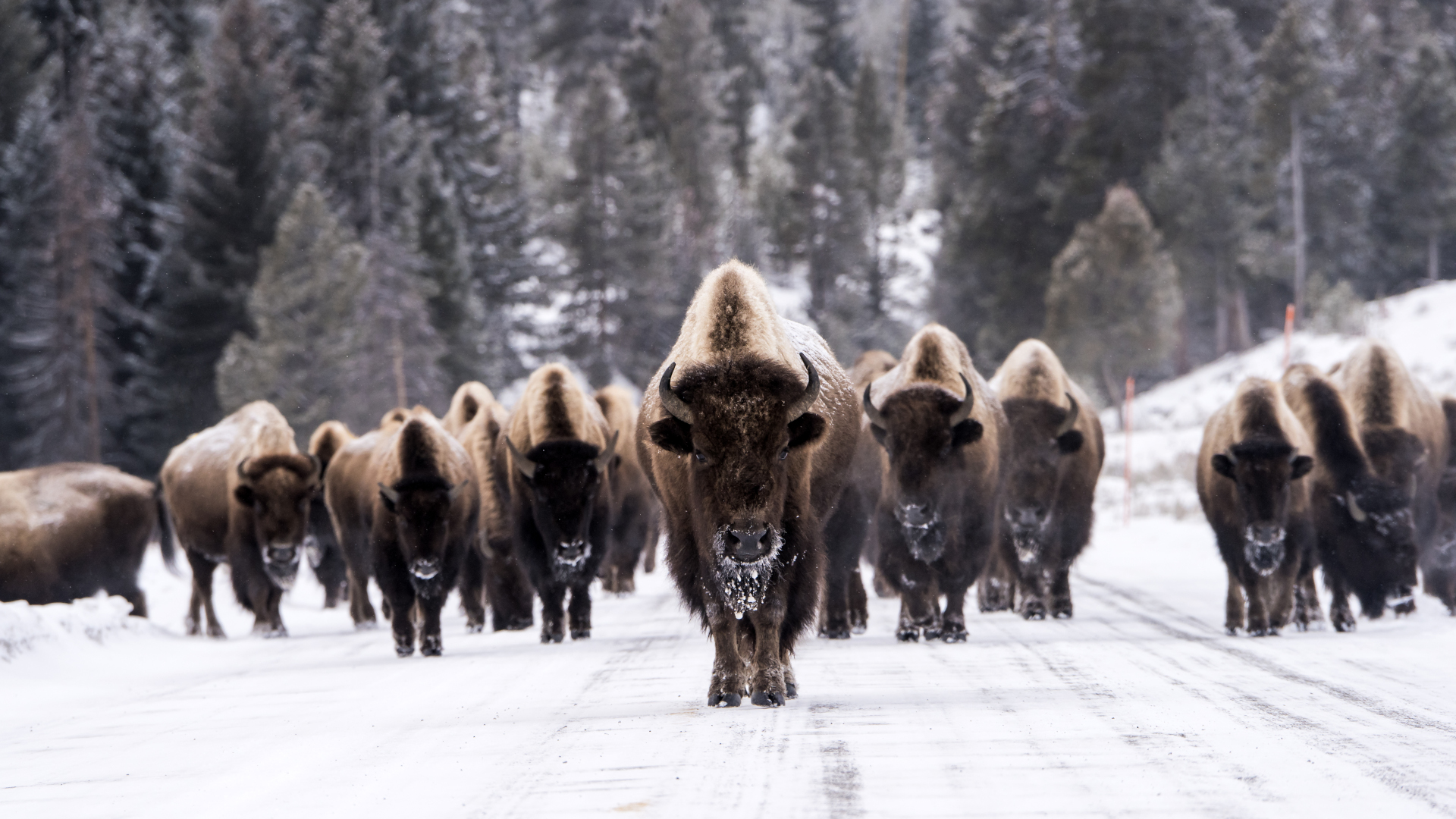
The pros of visiting a National Park over Thanksgiving
The biggest advantage of visiting a National Park over Thanksgiving weekend is obviously that you can enjoy some healthy outdoor activities such as hiking in the fresh air surrounded by beautiful scenery. That pretty much always trumps sitting on the couch eating leftovers and watching TV (though if you are going to do that, check out our list of the best climbing films for inspiration).
Additionally, because the busy period in most parks ends in September, those parks which have implemented a reservations system will no longer require reservations to enter. That means that you can wake up on Black Friday and set off on a whim to one of the more popular parks (think: Acadia, Arches, Yosemite), with no fear of being turned away at the entrance gates.
If it is already snowy where you’re heading, this can actually make wildlife viewing much easier, since bison, elk and moose will come to lower elevations seeking food and stand out better against the white backdrop. Just be sure to practice wildlife safety, keep your distance and enjoy them with your binoculars instead.
It’s also possible that in some parks, camping will be cheaper than during peak season, and you might not have to enter a lottery for backpacking permits like you do in the summer if you’re planning on getting into the wild, but check the website of the National Park you intend to visit for more details.
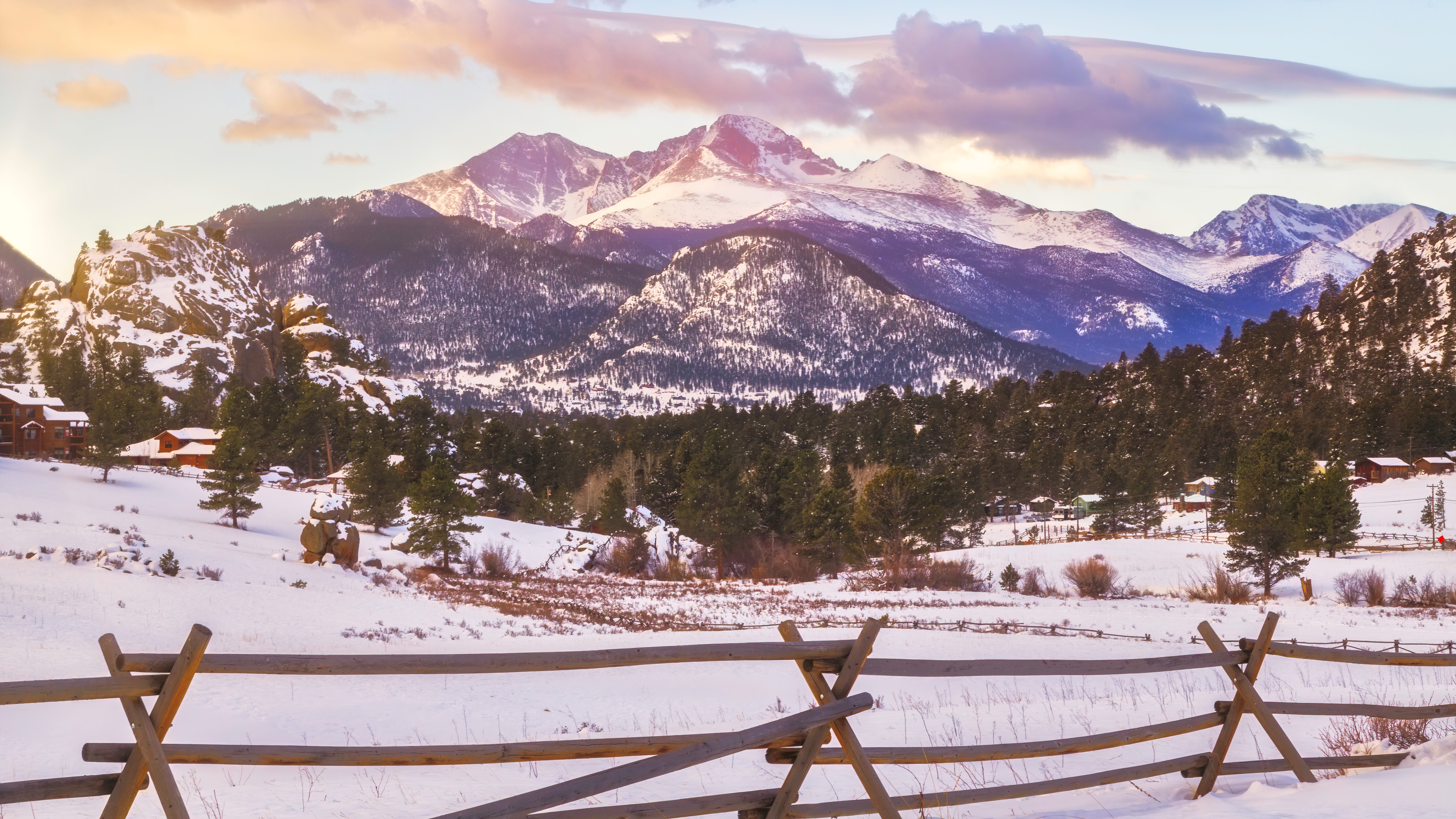
The cons of visiting a National Park over Thanksgiving
As we’ve already mentioned, just because November generally is a quiet time to visit a National Park, Thanksgiving weekend can be quite busy. Yes, lots of Americans are opting to hang out at home and feast with loved ones, but plenty are taking advantage of having a rare few days off and the kids home from college, too.
All the latest inspiration, tips and guides to help you plan your next Advnture!
Further, portions of a lot of parks are now closed, such as Trail Ridge Road in Rocky Mountain National Park, while other areas are making the transition to winter sports areas, such as Tioga Road in Yosemite. This all means that there may be less space in which crowds can spread out.
Finally, needless to say that depending on where you’re going, the weather might not be as hospitable as it is in the summer months. Of course, some parks that are usually scorching in the summer such as Joshua Tree may be positively pleasant, but in many parks, cold temperatures, snow and ice have already arrived making some trails difficult to travel or impassable, camping less comfortable and some roads slick and dangerous..
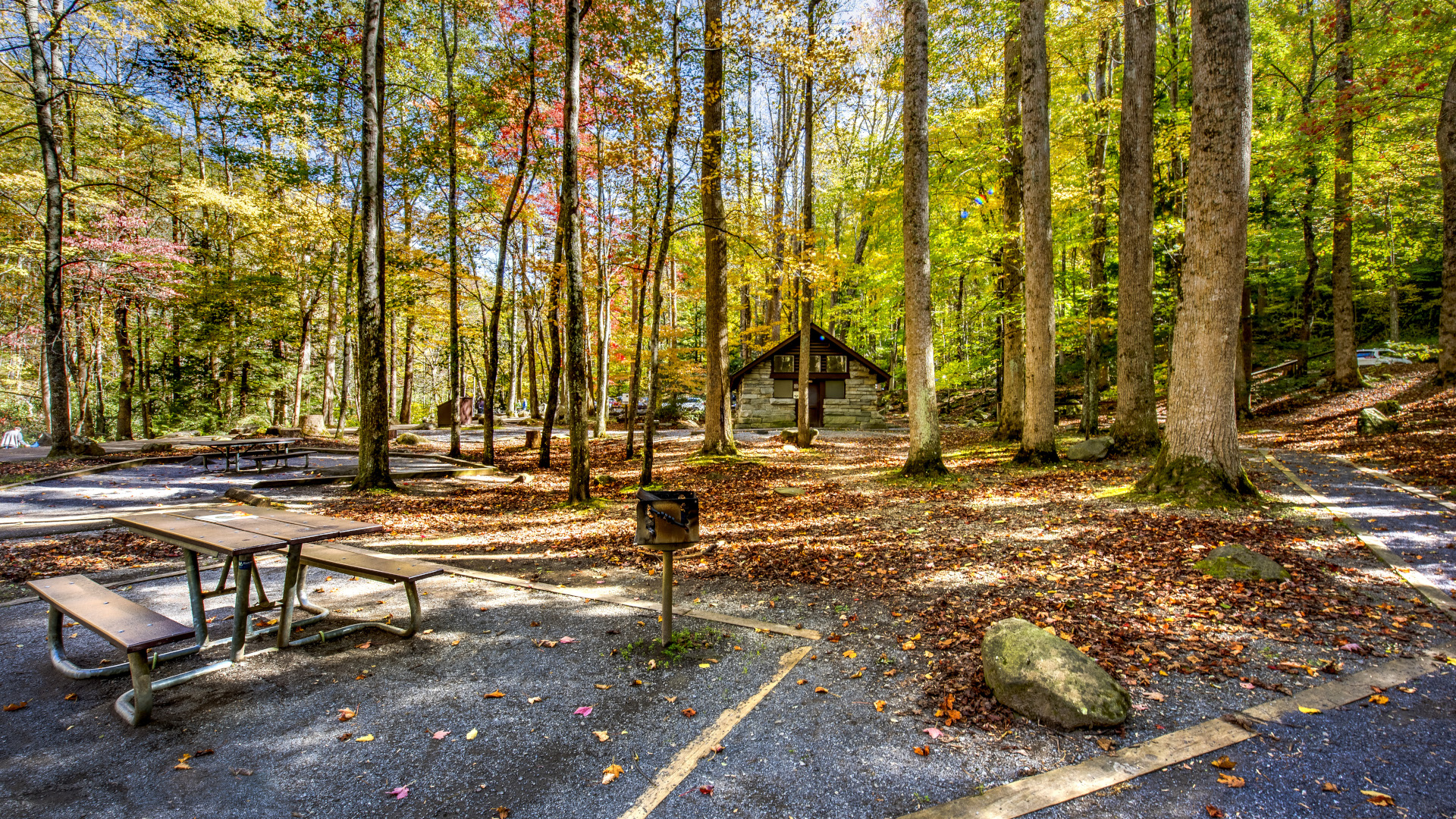
Now, while we’re aware that the above “cons” may seem like reasons not to go, we’re actually not advising against a National Park visit this weekend at all. We’re merely suggesting that you might want to follow these tips in order to be best prepared and make the most of your adventure:
1. Check seasonal closures
Most, if not all, US National Parks are open 365 days a year, so long as they’re not forced to close due to circumstances like a wildfire or flood. However, every park is different, so before you go anywhere, it’s helpful to check on things like seasonal closures – though you’ll almost definitely be able to enter the park of your choice, you might find that certain entrance gates are closed for the season. If, for example, you show up in Grand Lake, CO hoping to drive into Rocky Mountain National Park, you’ll find you’ll need to drive 150 miles round to Estes Park to get in. Inconvenient, to say the least.
It’s also good to know ahead of time if areas such as giant sequoia groves that you hope to visit are closed for the season, which often happens at high elevation, or if you’ll need snowshoes or skis to explore them. Finally, accommodations can be booked up at this time of year, with visitors enjoying Thanksgiving in lodges and hotels, while some campsites may be closed. Check the park you want to visit by heading to NPS.gov and typing in the park name on the home page.
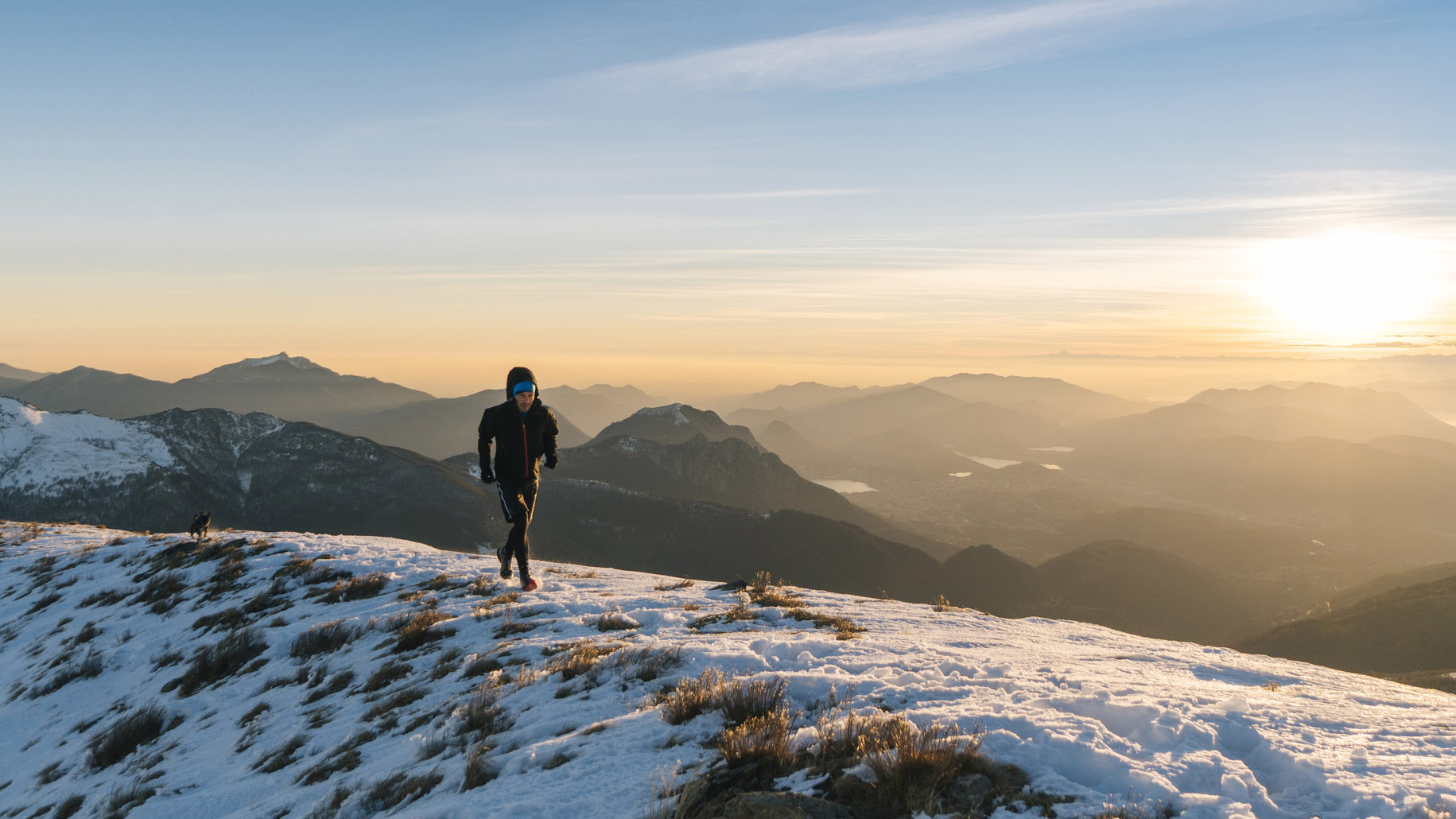
2. Check the weather and road conditions
The next thing you need to do is to check the forecast for the park you intend to visit over the dates you plan to go using a reliable weather app. Conditions aren’t just colder at this time of year; they can also be more prone to wilder extremes. If you live or are staying near a park and the weather is fine at home, don’t be fooled into assuming it will be the same 50 miles away at a higher elevation – lots of hikers have left Fresno wearing flip flops only to discover that it’s snowing in Yosemite Valley an hour away.
In late November, you might be looking at anything from cold, bright days to an icy blizzard, so knowing what to expect helps you ensure that your car is prepared. You might need snow tires or chains in your car to enter certain parks at this time of year, and even when they’re not required, it’s often a good idea to have them for your safety in changeable conditions. Feel free to phone the park to get more information about what might be required for your visit.

3. Gear up for the cold
Exactly what clothing and gear you need really depends on the forecast, but suffice to say that your summer hiking shorts and lightweight hiking shoes might not suffice. Plan on dressing in hiking layers such as a merino wool base layer, fleece jacket and shell or waterproof jacket that can come off if it warms up, and if you’re going to hit the trails, wear hiking boots with good grip.
If there’s a chance of ice on the trails, use trekking poles and carry traction devices such as Yaktrax or Microspikes. For deep snow, you’ll need either snowshoes or skis and experience in using them. If you’re camping, make sure you have a 3-season sleeping bag and a sturdy winter tent.
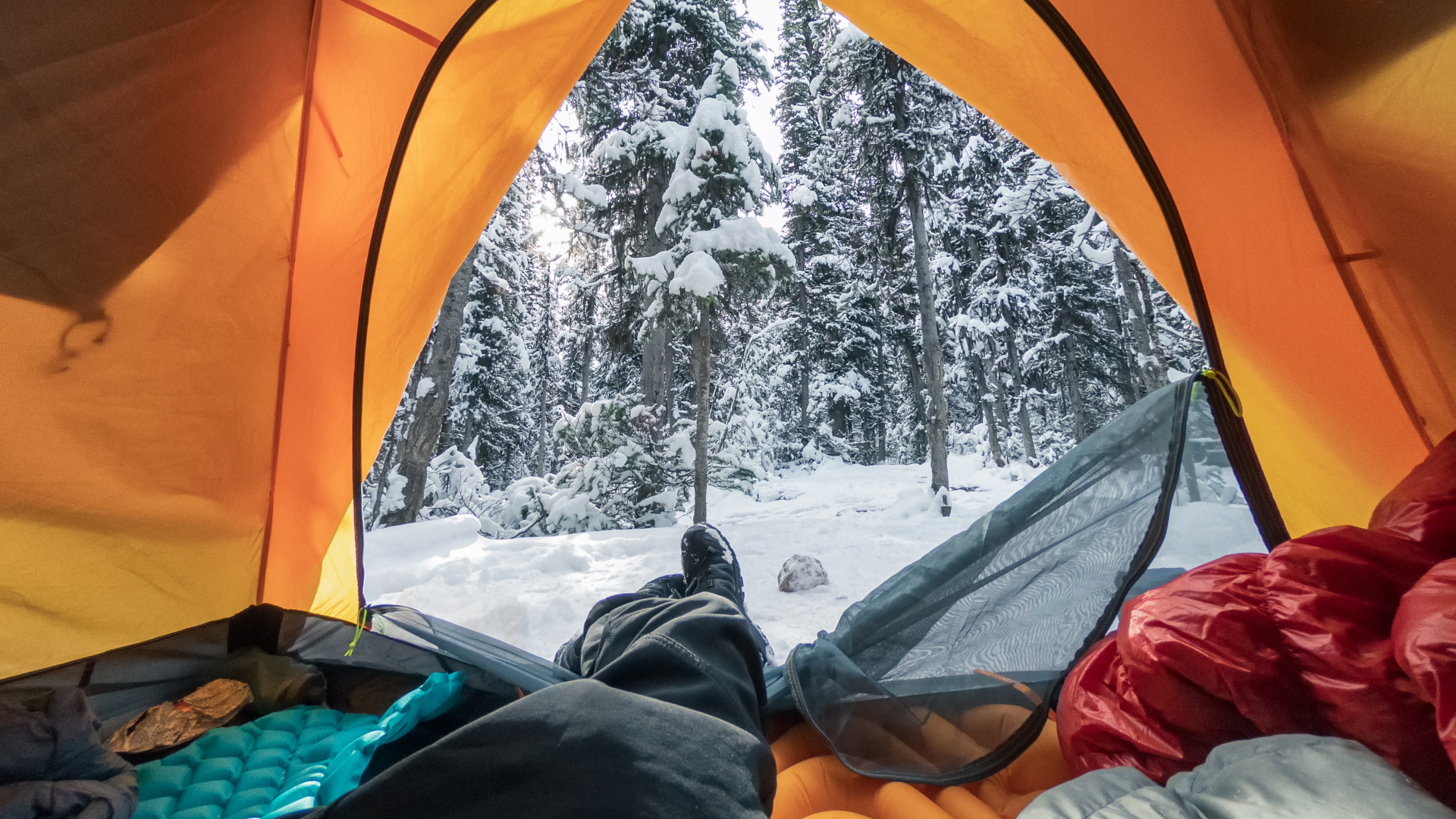
4. Show up early (or late)
If the weather looks decent and you’re heading to one of the more popular National Parks, the chances are that a few other people have had the same idea as you. To avoid sitting in hours-long queues to get in, avoid the peak entrance times that typically last from about 9 a.m. to 2 p.m.
If your Thanksgiving doesn’t get too rowdy, plan for an early start and get to the gates before 9 a.m. as National Parks are open 24 hours and then you’ll have the whole day to explore. The sun will be up by 8 a.m. even up in Glacier National Park, but if you’re going really early, make sure you bring a headlamp or you’ll end up just sitting in your parked car waiting for it to get light out. Alternatively, you can enjoy a nice long lie-in after Thanksgiving, and head over later in the afternoon, which works if you’re planning on spending a night or two.

5. Fuel up
If you are hosting guests or traveling with kids and can’t possibly be at the park for 8 a.m. but you still want to go, make sure you are prepared to spend some time in the car, as you might have a long wait. Fill up your gas tank on approach and have plenty of water, snacks, camping blankets and entertainment to keep spirits high.
Julia Clarke is a staff writer for Advnture.com and the author of the book Restorative Yoga for Beginners. She loves to explore mountains on foot, bike, skis and belay and then recover on the the yoga mat. Julia graduated with a degree in journalism in 2004 and spent eight years working as a radio presenter in Kansas City, Vermont, Boston and New York City before discovering the joys of the Rocky Mountains. She then detoured west to Colorado and enjoyed 11 years teaching yoga in Vail before returning to her hometown of Glasgow, Scotland in 2020 to focus on family and writing.

